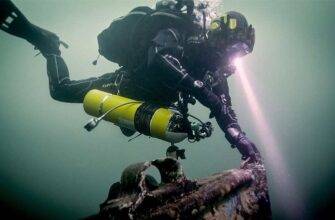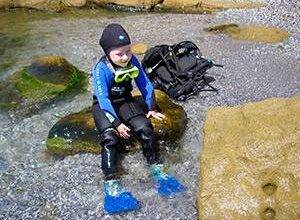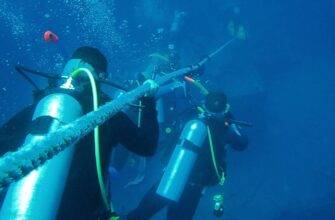Phosphorus is another element that is fundamentally important to life because it is used in the ATP/ADP cycle, the process of converting chemical energy into a form usable by the body. Phosphorus is also part of DNA and other nucleic acids, the molecules responsible for transmitting hereditary information from parents to children.
Phosphorus, along with calcium carbonate, is the basis of bones and teeth. In marine ecosystems, the shells and skeletons of some microorganisms (diatoms and radiolarians) consist of silicon. In the bodies of these organisms, silicon is present in the form of silicon hydroxide, often referred to as silica.
Most of the sand consists of silica, as it is part of many minerals and is very difficult to break down. Phosphorus and silica are easily converted to the form of phosphate and silica available for absorption by bacteria and phytoplankton.
But when they are incorporated into skeletons and shells, the cycle can get very long, because when the organism dies, its remains sink to great depths.
Once in the marine bottom sediments, these elements can fall out of the cycle for a very long time before they return to the surface and become available to other organisms again.
Read More:




